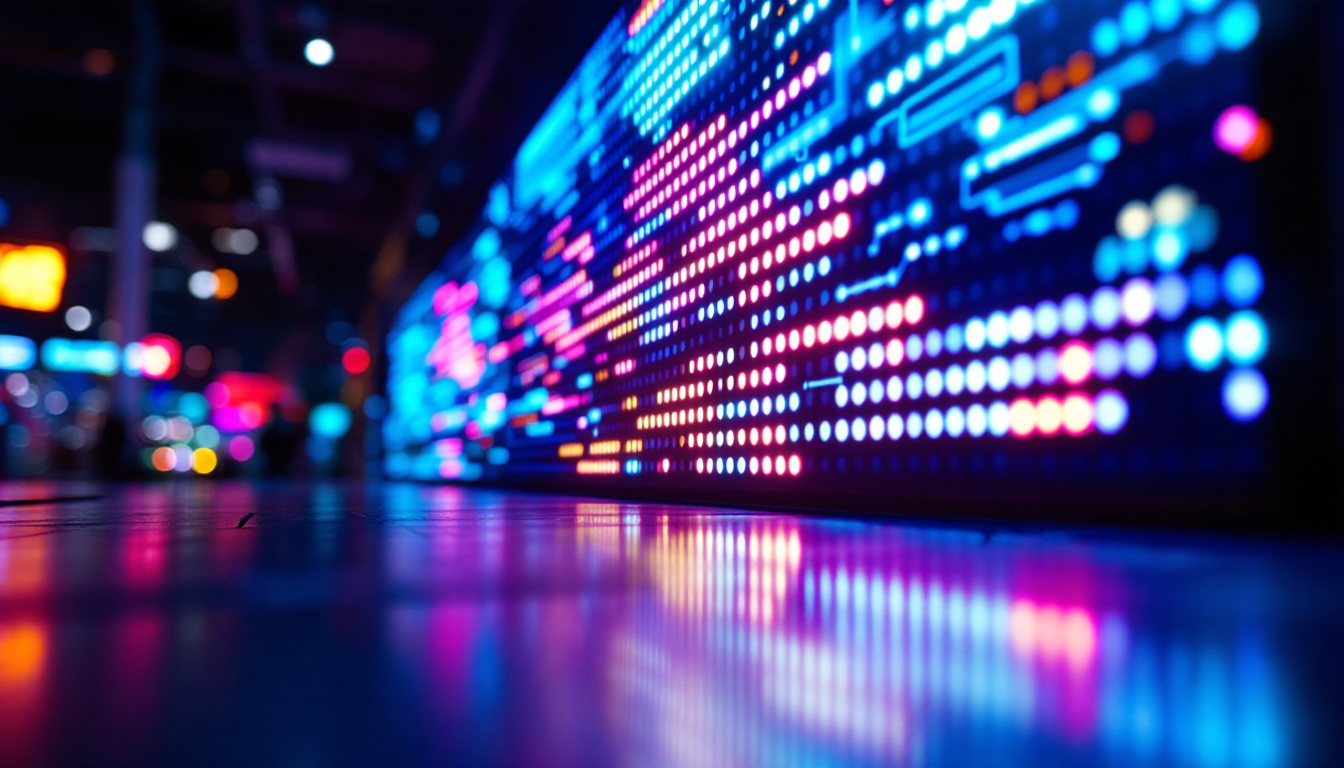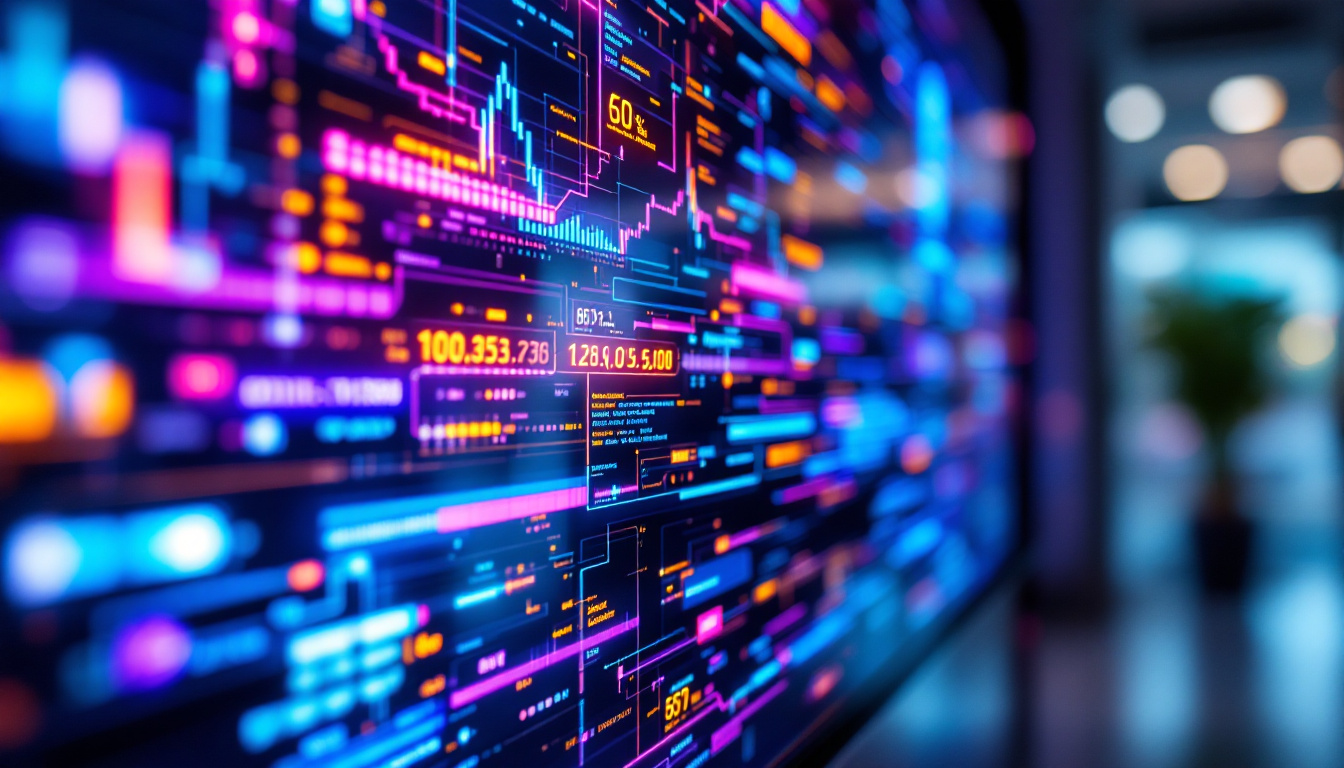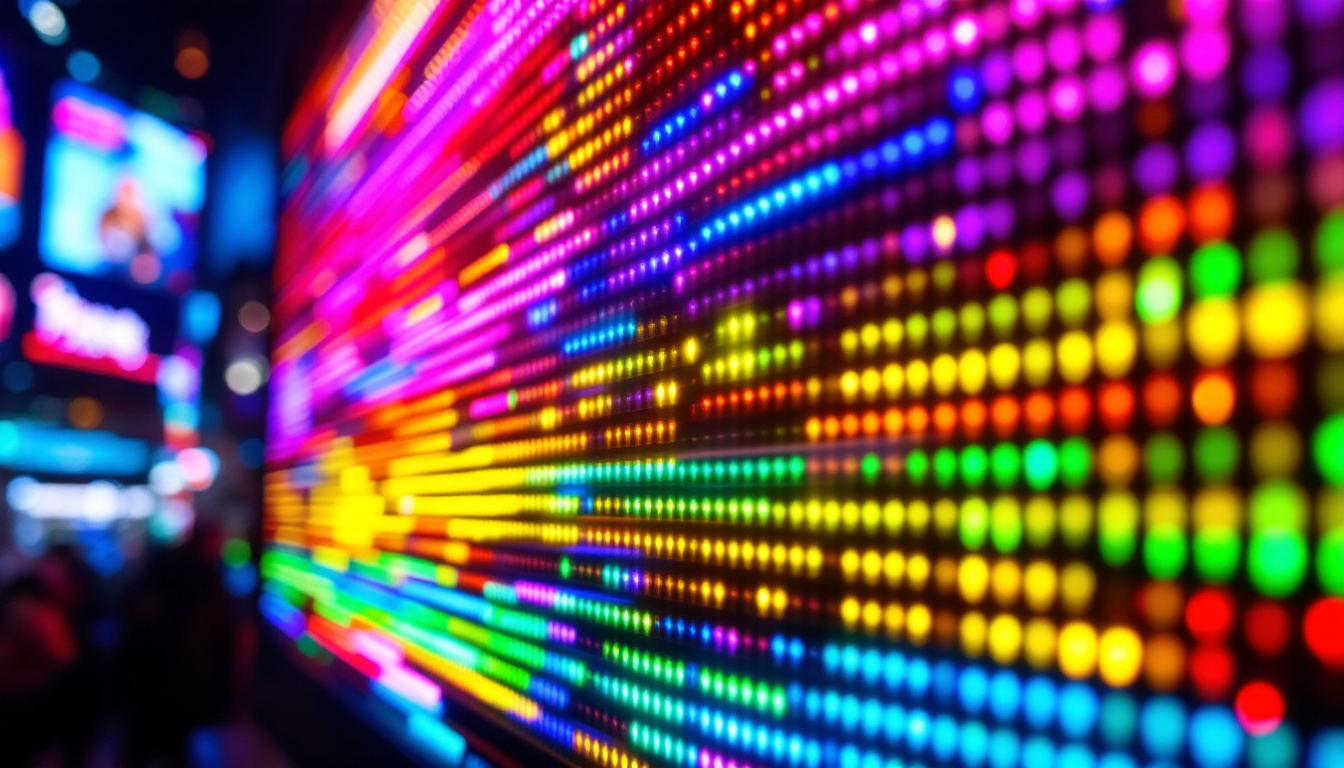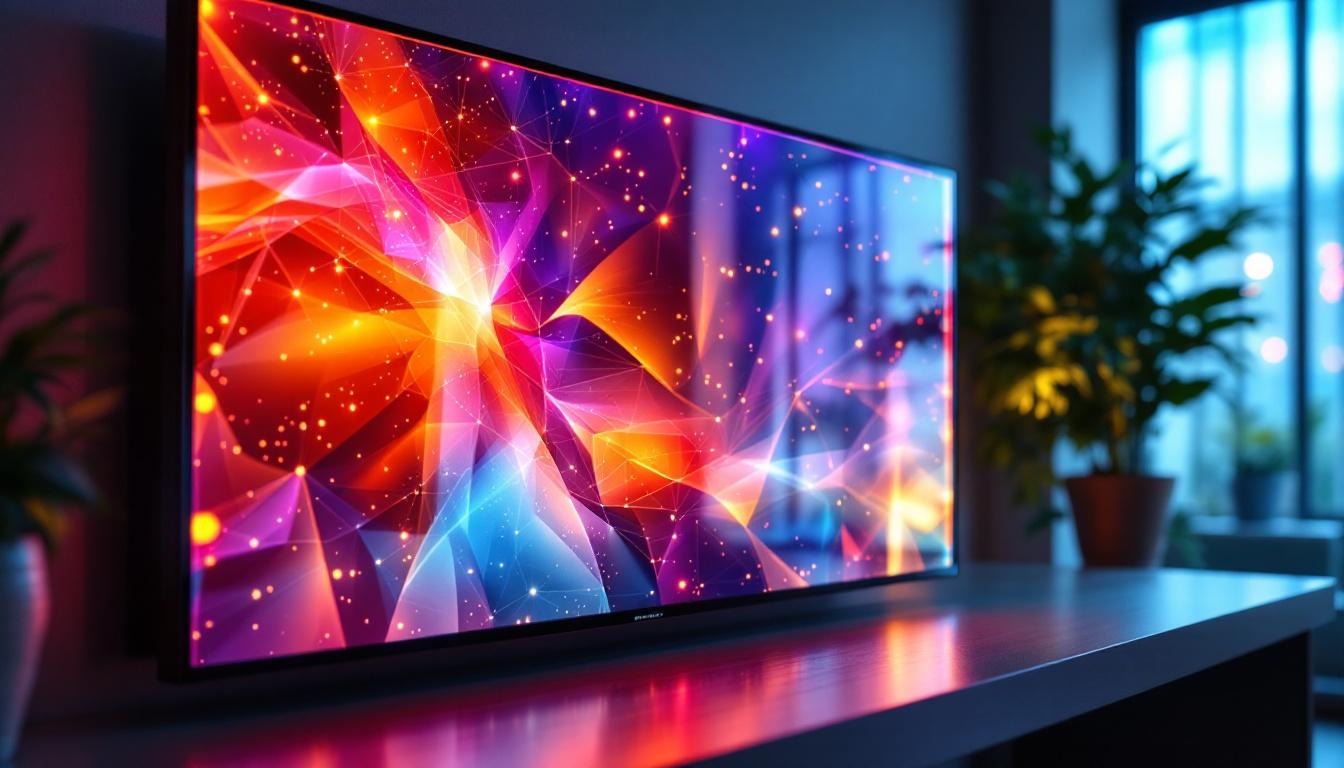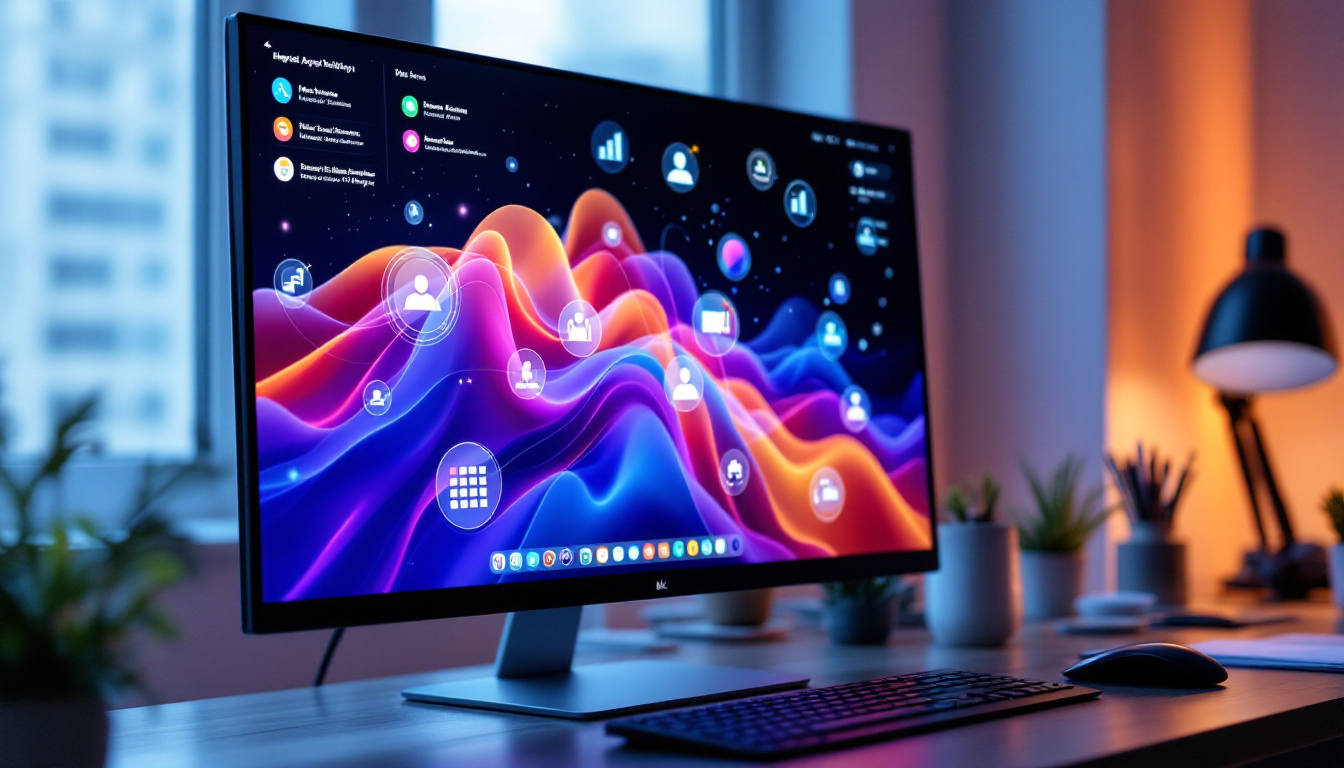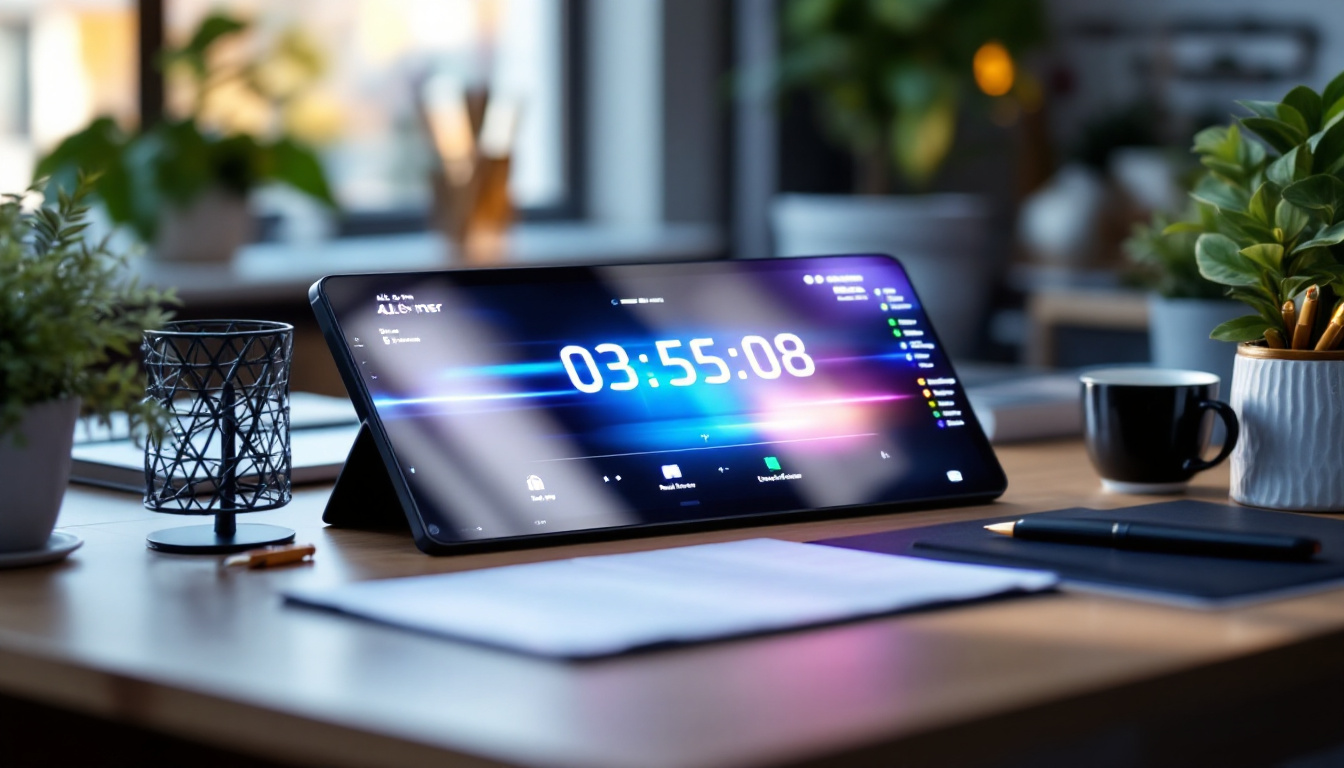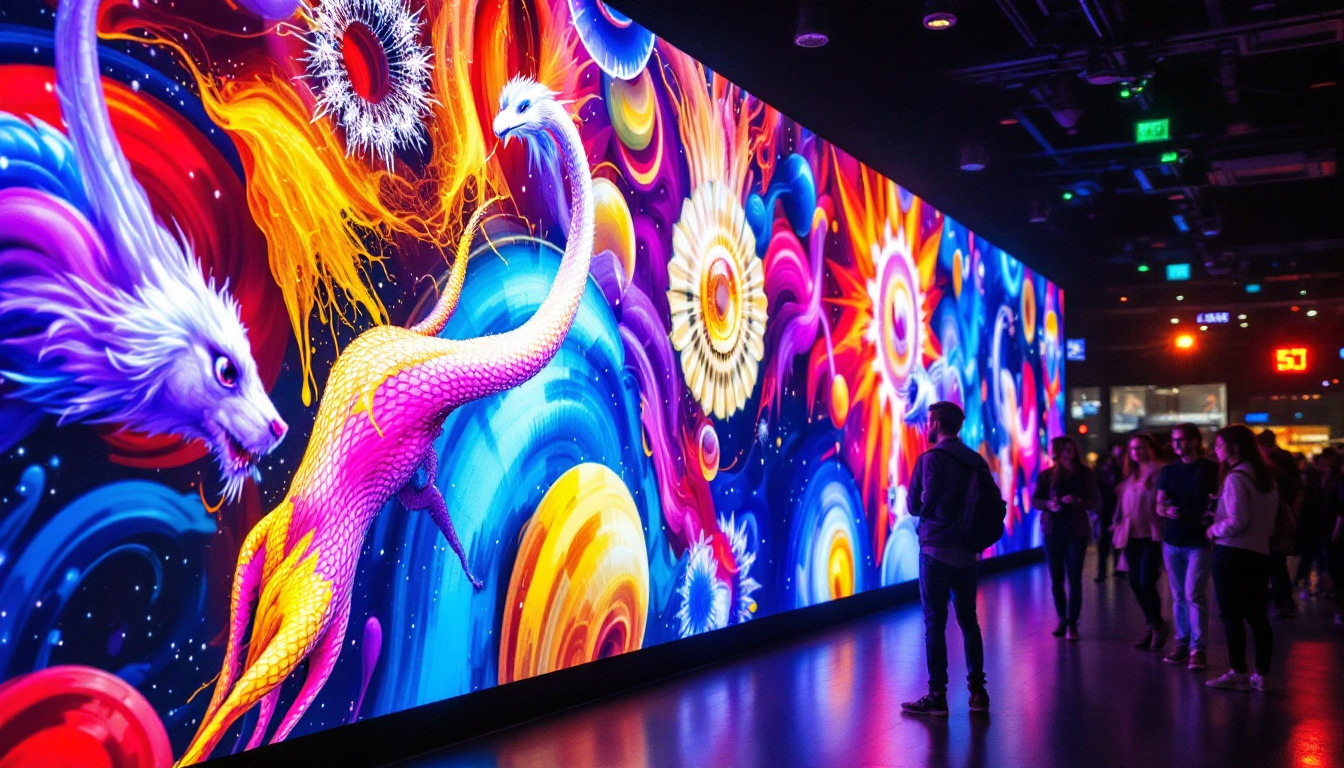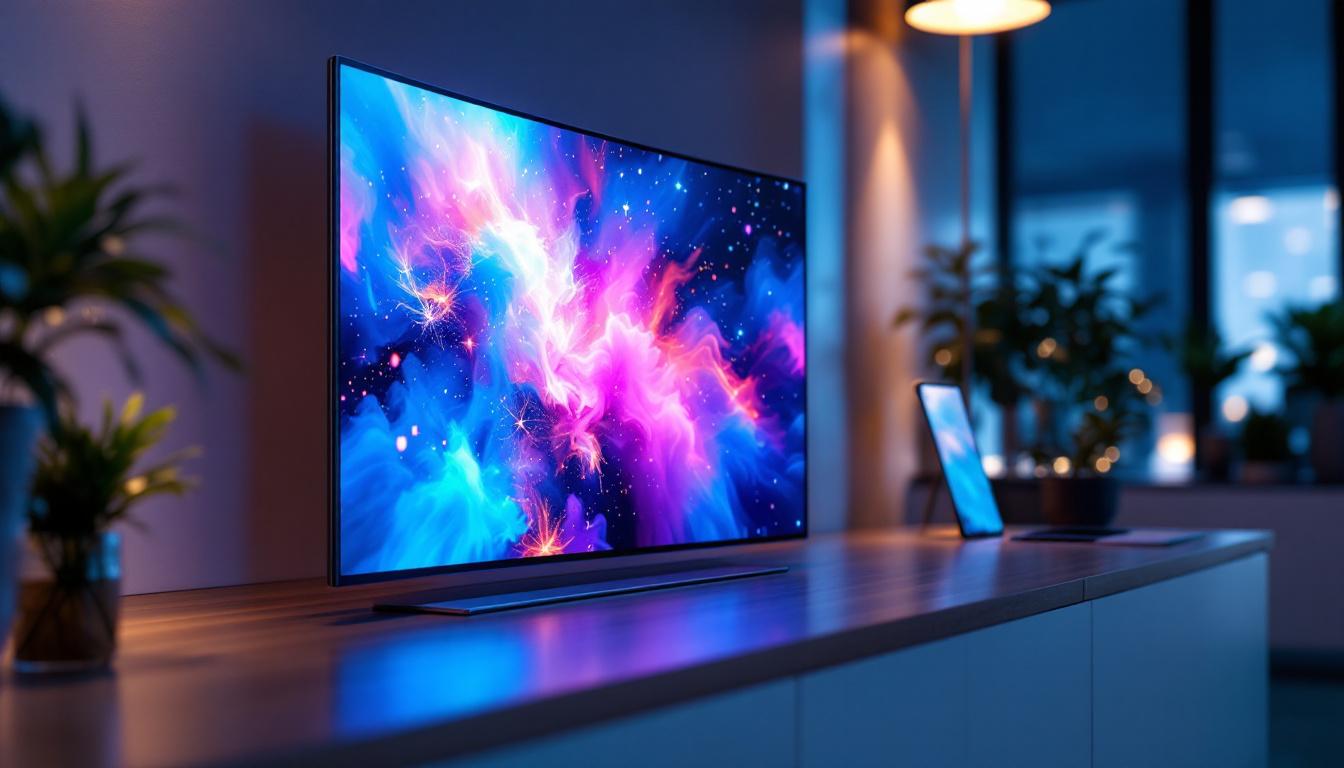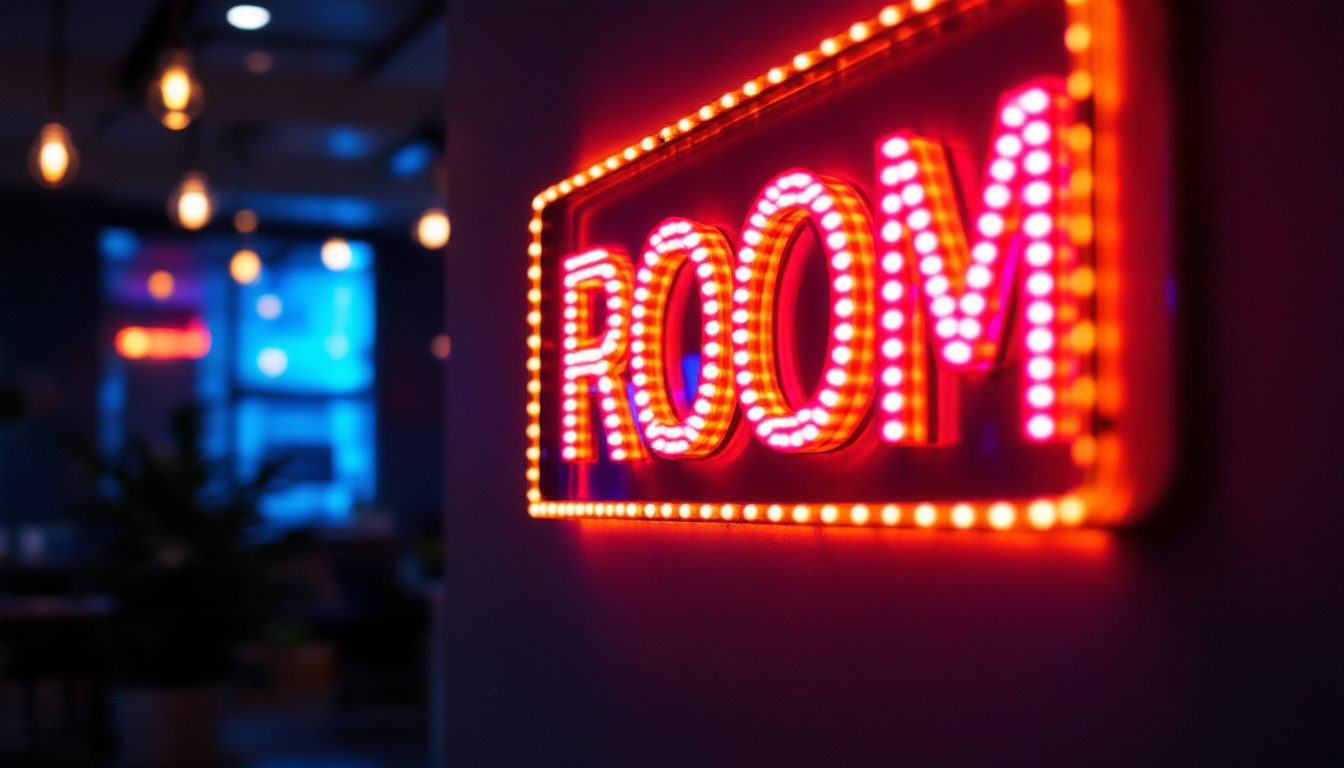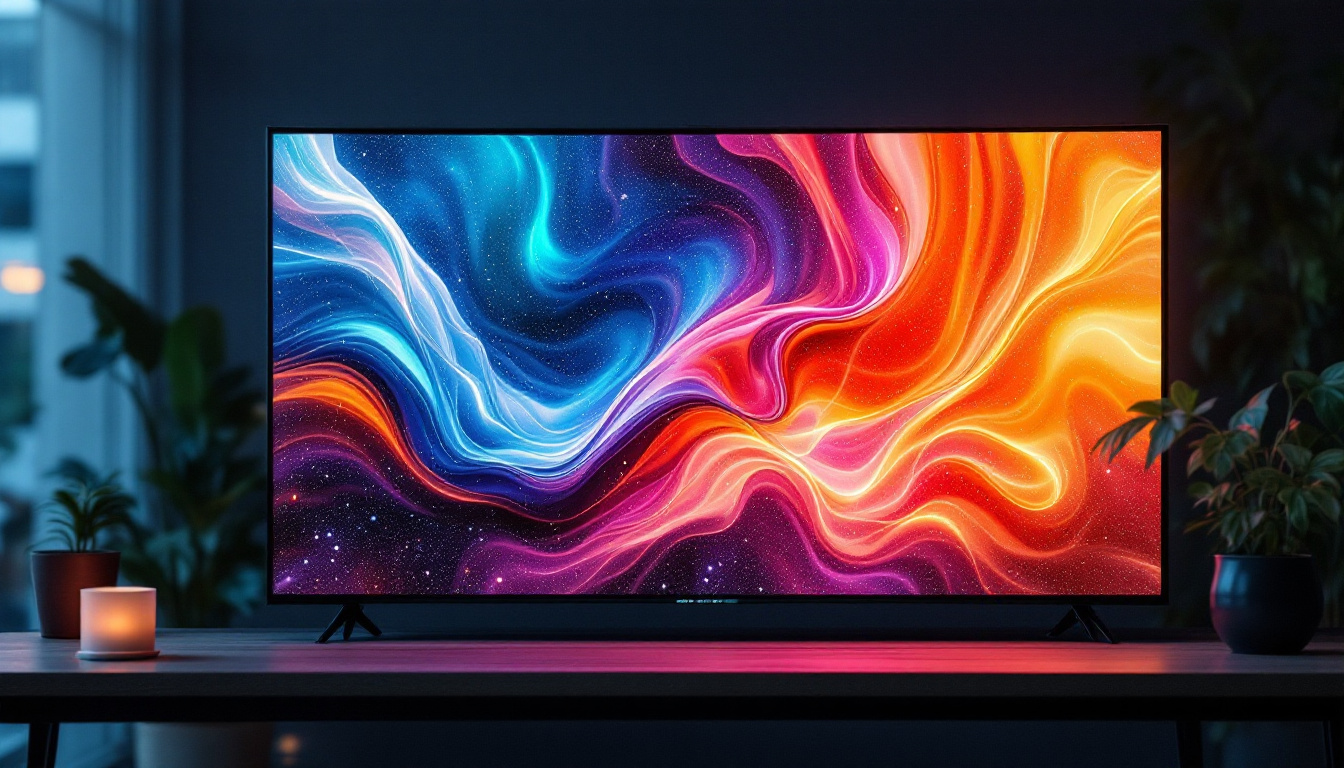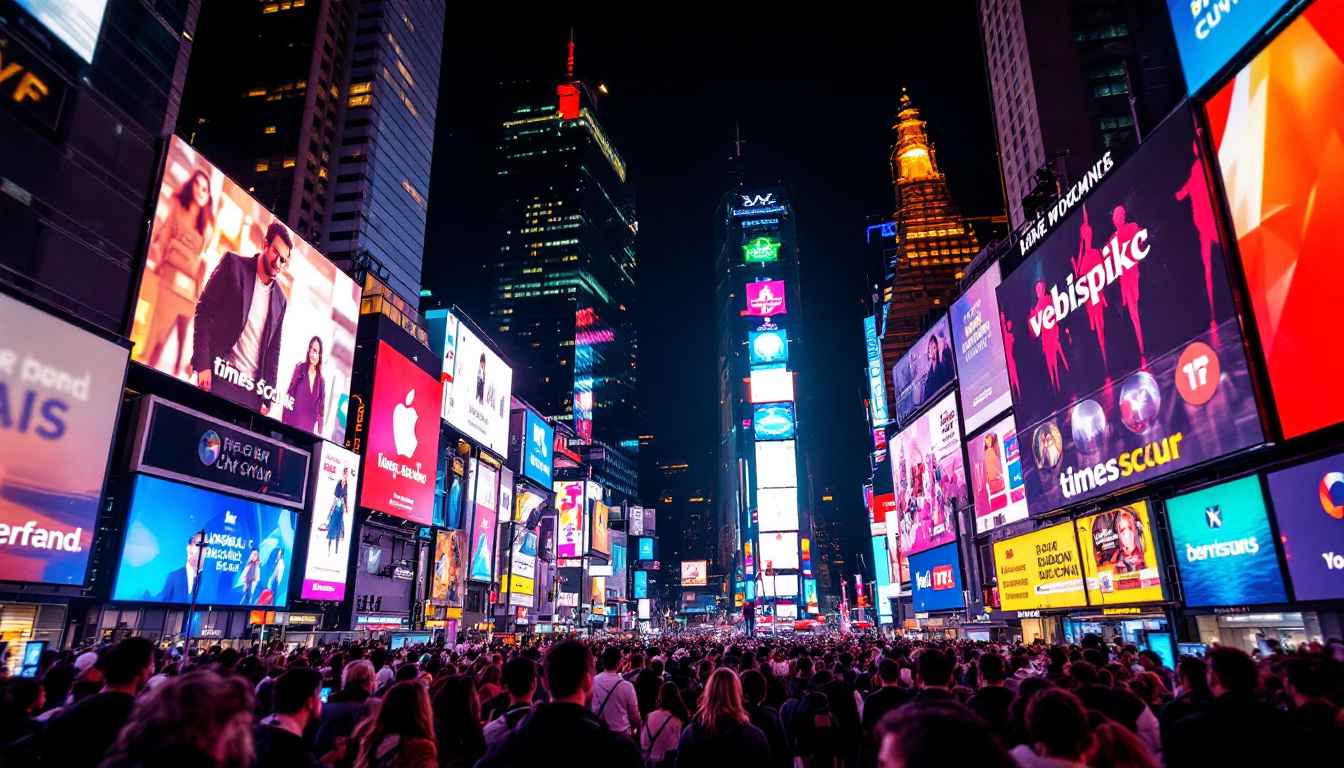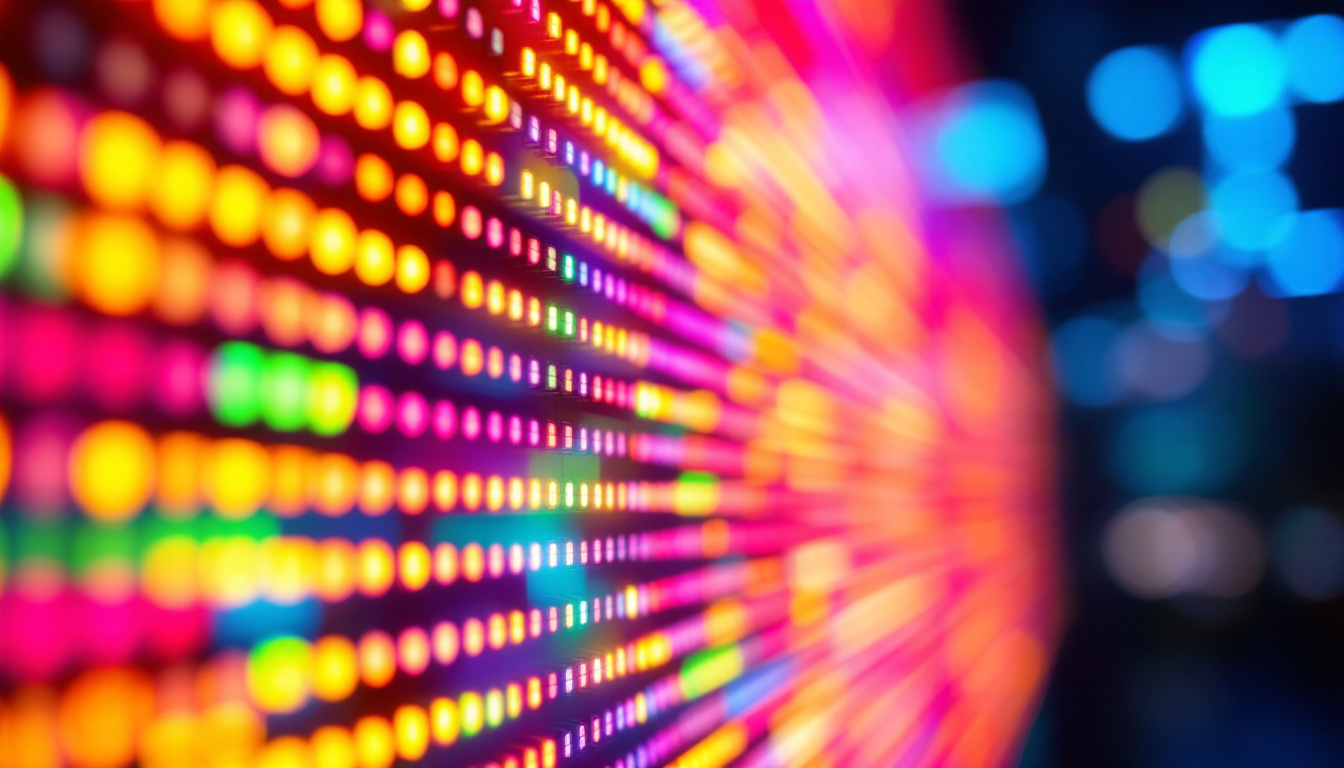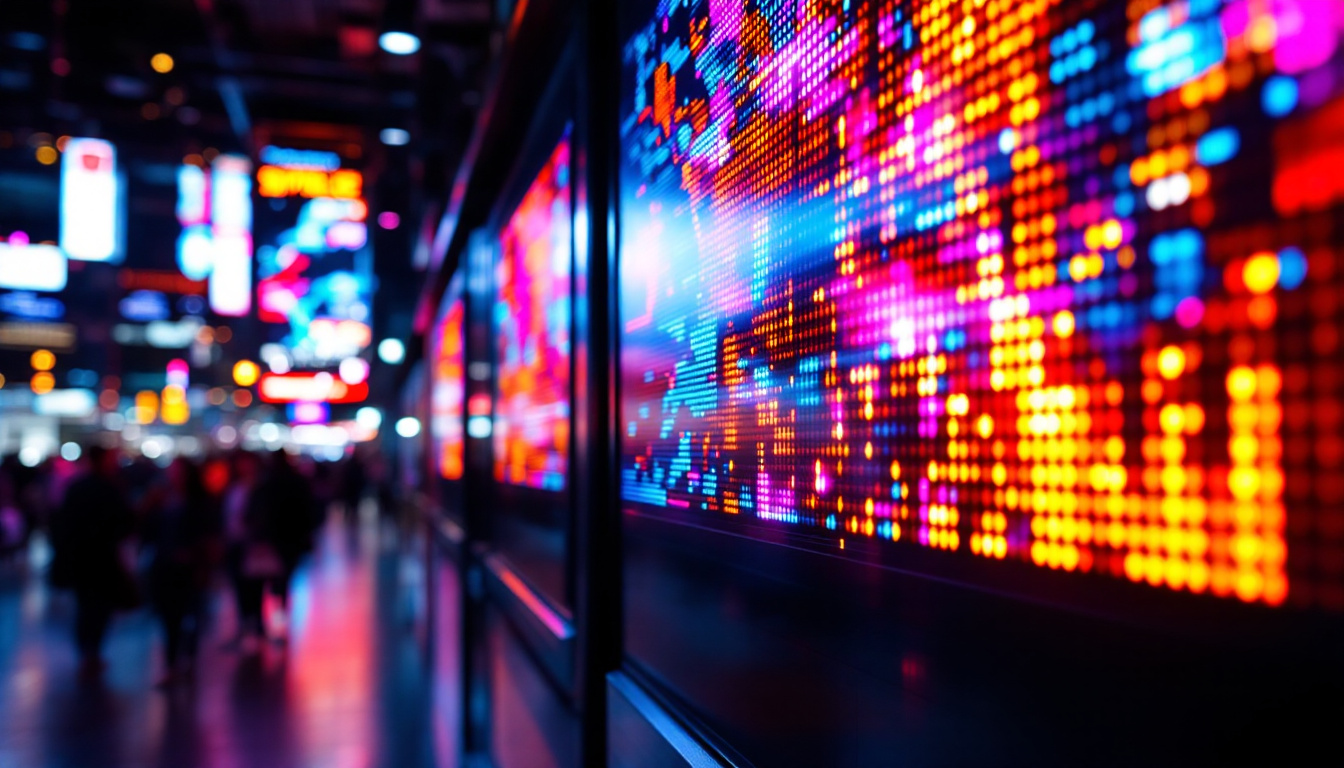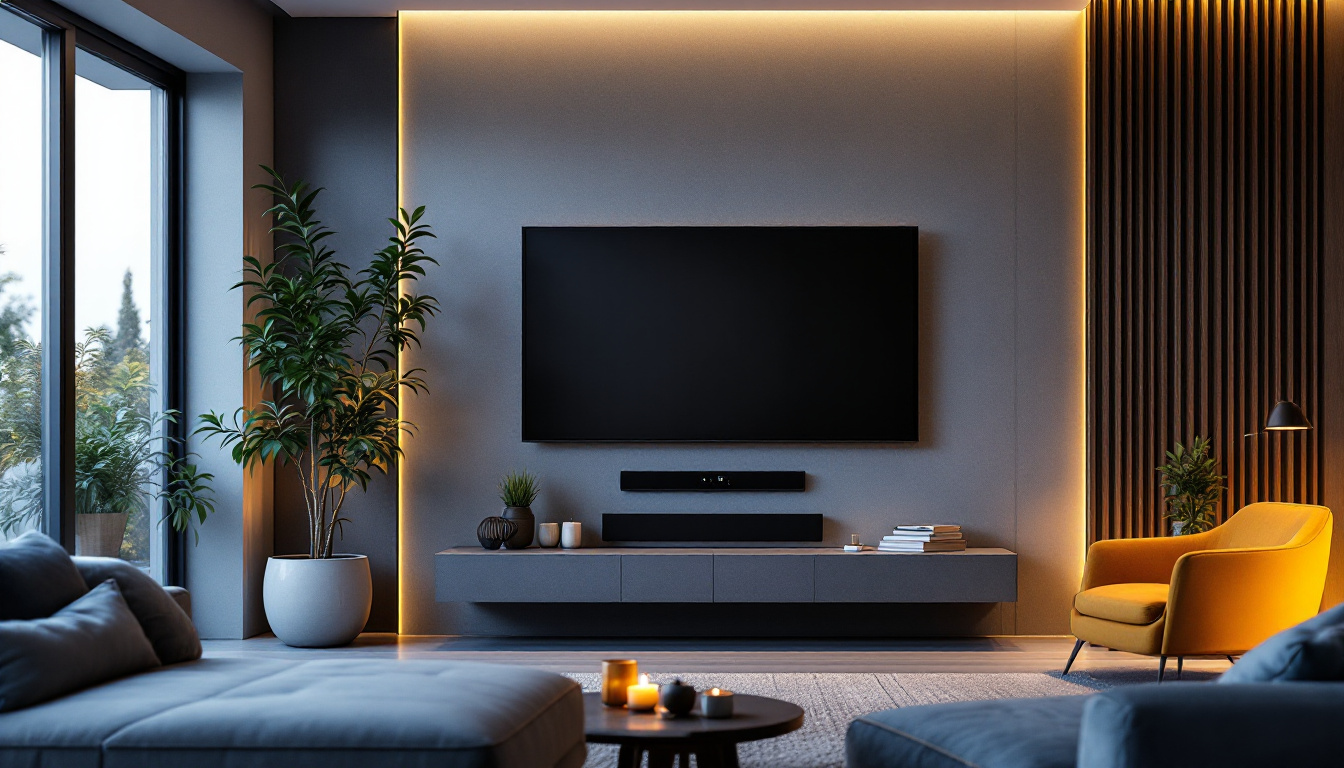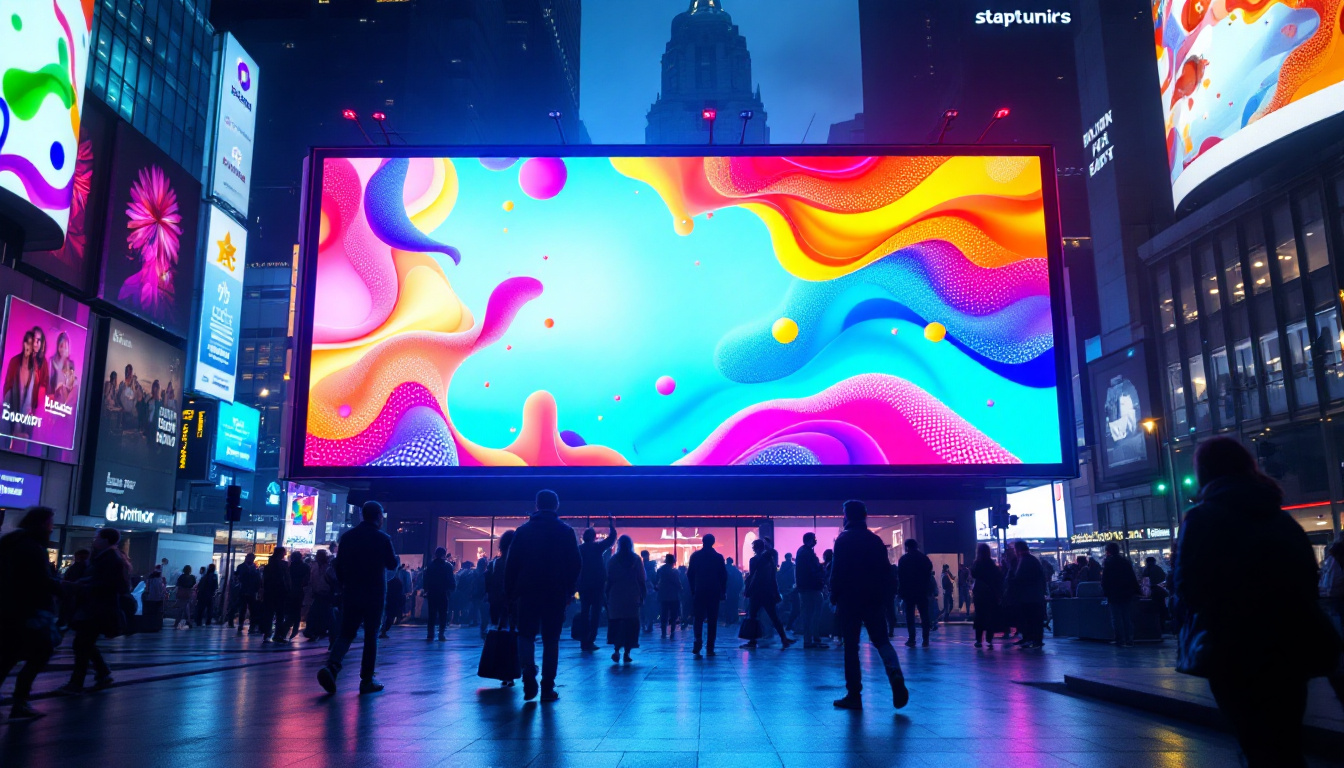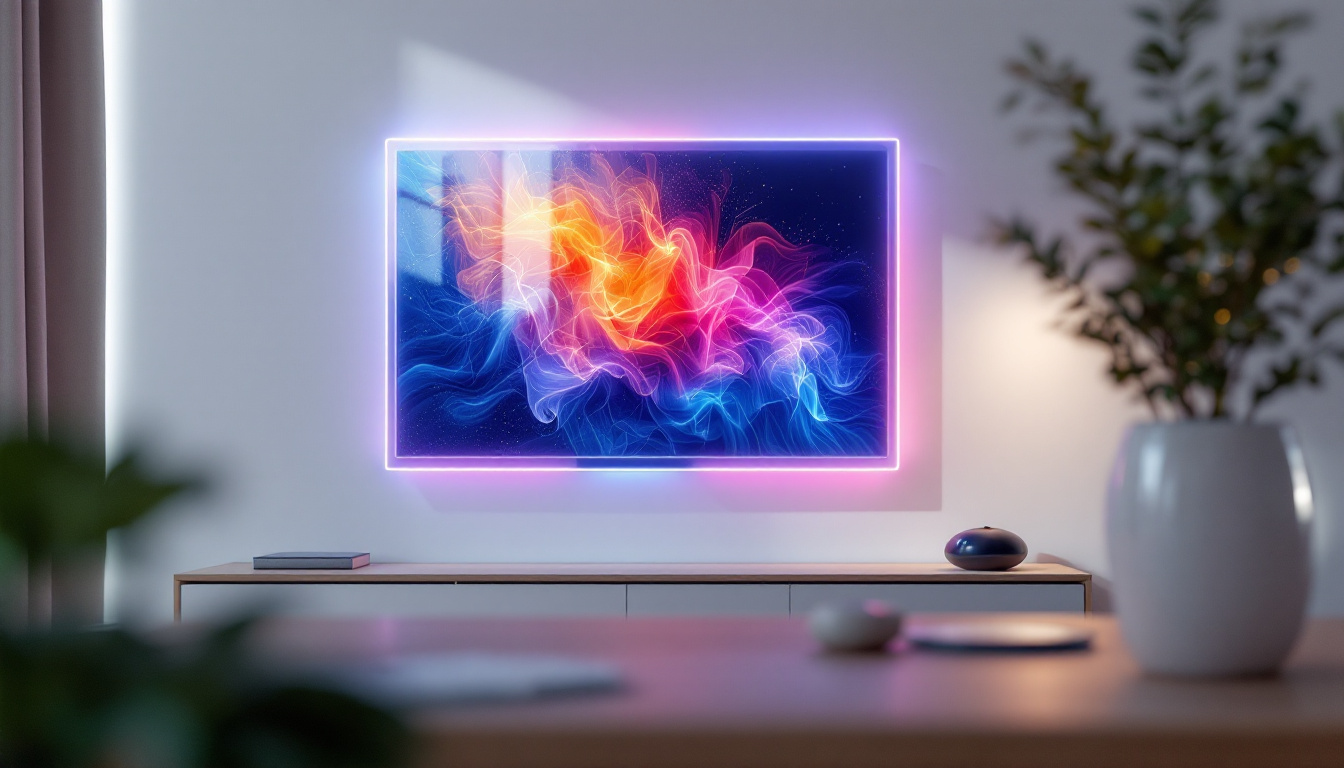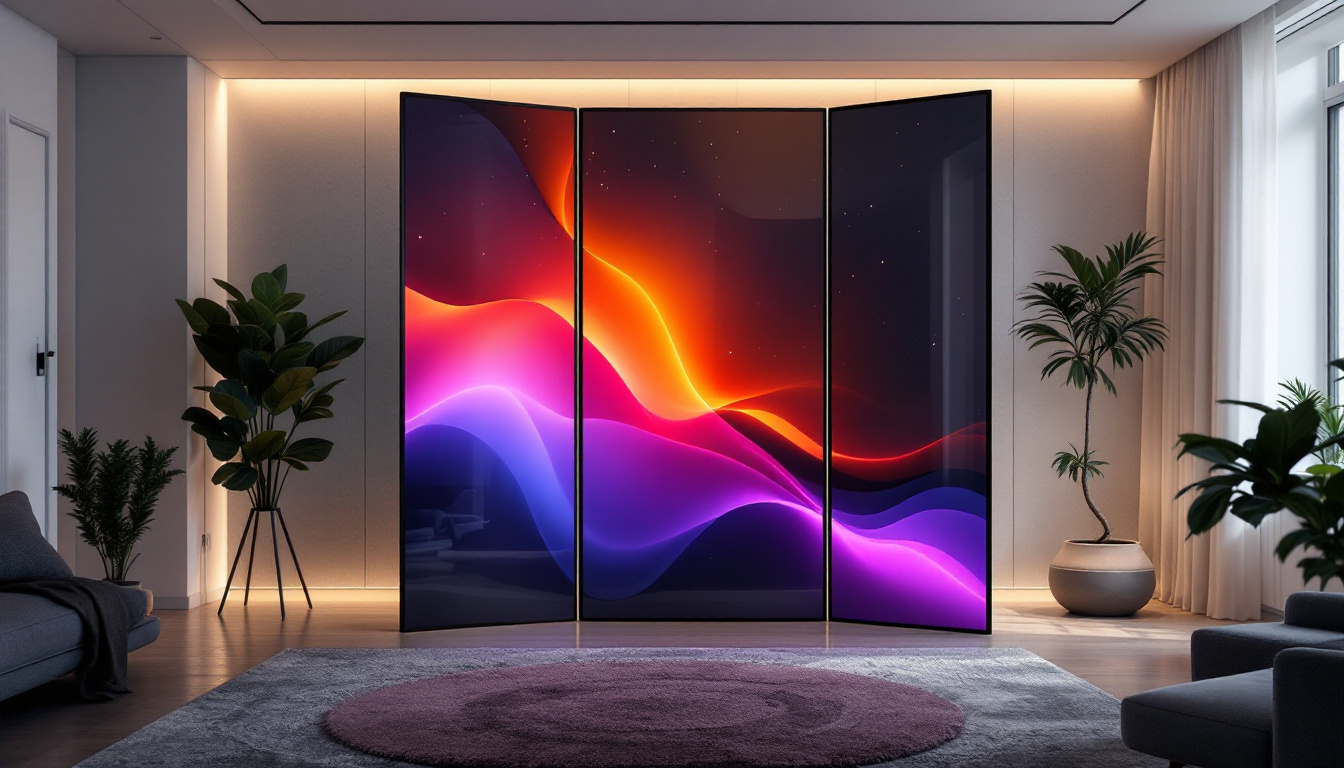In the world of digital electronics and display technology, understanding the basics of numerical concepts like the Least Common Denominator (LCD) can be surprisingly useful. When combined with modern display technologies such as LED (Light Emitting Diode) screens, these concepts help in creating efficient and clear visual outputs. This article explores the LCD of 12 and 9, clarifies what LED displays are, and explains how these ideas intersect in practical applications.
Understanding the Least Common Denominator (LCD) of 12 and 9
What is the Least Common Denominator?
The Least Common Denominator (LCD) is a mathematical term used primarily in fraction operations. It refers to the smallest number that can be evenly divided by the denominators of two or more fractions. Finding the LCD is essential when adding, subtracting, or comparing fractions, as it allows the fractions to be expressed with a common denominator.
For example, when working with fractions such as 1/12 and 1/9, the LCD helps to rewrite these fractions with a common denominator so they can be easily added or compared. This process not only simplifies calculations but also enhances understanding of the relationships between different fractions, making it easier to visualize their values on a number line.
Calculating the LCD of 12 and 9
To find the LCD of 12 and 9, the prime factorization method is often used. Breaking down each number into its prime factors helps identify the smallest common multiple.
- 12 = 2² × 3
- 9 = 3²
To find the LCD, take the highest powers of all prime factors involved:
- 2² (from 12)
- 3² (from 9)
Multiply these together: 2² × 3² = 4 × 9 = 36.
Thus, the LCD of 12 and 9 is 36. This means 36 is the smallest number divisible by both 12 and 9. Understanding this concept is not only beneficial for academic purposes but also serves as a foundational skill for more advanced mathematical concepts, such as algebra and calculus, where fractions frequently appear.
Why is the LCD Important?
The concept of the LCD is fundamental in many areas beyond simple math problems. It is crucial in computer graphics, digital signal processing, and display technologies where synchronization of different data streams or signals is necessary. For example, in LED displays, timing and refresh rates often rely on finding common denominators to coordinate multiple components effectively. This synchronization ensures that images are displayed smoothly and without distortion, enhancing the overall viewing experience.
Moreover, the application of the LCD extends into various fields such as music theory, where it can help in understanding rhythm and time signatures. Musicians often need to find a common beat or measure to combine different musical phrases, making the concept of the LCD invaluable in creating harmonious compositions. In everyday life, the ability to find a common denominator can simplify tasks such as sharing resources or dividing quantities evenly, demonstrating the practical utility of this mathematical principle.
Introduction to LED Displays
What is an LED Display?
LED stands for Light Emitting Diode, a semiconductor device that emits light when an electric current passes through it. LED displays use multiple LEDs arranged in a matrix or grid to produce images, text, and videos. These displays are widely used in everything from digital billboards and television screens to smartphone displays and instrument panels. The versatility of LED technology allows it to adapt to various formats and sizes, making it an ideal choice for both commercial and personal use.
LED technology has revolutionized the display industry by offering high brightness, energy efficiency, long lifespan, and vibrant colors compared to older technologies like LCD (Liquid Crystal Display) and plasma screens. The rapid advancements in LED technology have also led to the development of flexible and transparent displays, opening up new possibilities for innovative applications in architecture and advertising. As a result, LED displays are not just functional; they have become a canvas for creative expression, transforming the way we interact with visual media.
Types of LED Displays
LED displays come in various forms depending on their application and structure:
- Direct View LED Displays: These consist of individual LEDs that form the pixels of the display. They are commonly used in large outdoor screens and stadium displays, where their high brightness and visibility are crucial for attracting attention from afar.
- LED-backlit LCD Displays: These use LEDs as a backlight source behind an LCD panel, enhancing brightness and color accuracy. This technology is prevalent in modern TVs, monitors, and smartphones, providing users with a more vibrant viewing experience.
- OLED Displays: Organic LEDs where each pixel emits its own light, allowing for deeper blacks and higher contrast ratios. This technology is particularly favored in high-end televisions and smartphones, as it offers stunning visuals and energy savings when displaying darker images.
Advantages of LED Displays
LED displays offer several benefits that make them the preferred choice in many industries:
- Energy Efficiency: LEDs consume less power compared to traditional lighting and display technologies, which not only reduces operational costs but also contributes to a smaller carbon footprint.
- Brightness and Visibility: They provide high brightness levels, making them suitable for outdoor and high ambient light environments. This capability ensures that content remains legible and impactful regardless of lighting conditions.
- Durability: LEDs have a longer operational life and are more resistant to shock and vibration. This resilience makes them ideal for use in public spaces and during events where displays are subject to wear and tear.
- Color Accuracy: LEDs can produce a wide color gamut with precise control, enhancing image quality. This feature is particularly important in applications such as digital signage and photography, where true-to-life color reproduction is essential.
Furthermore, the modular nature of many LED displays allows for easy repairs and upgrades, making them a cost-effective long-term investment. As technology continues to evolve, we can expect to see even more innovative uses for LED displays, including integration with smart technology for interactive experiences. The ability to connect LED displays to the Internet of Things (IoT) opens up exciting possibilities for real-time content updates and audience engagement, further solidifying their role in modern communication and entertainment.
Connecting the LCD of 12 and 9 with LED Display Technology
Why Mathematical Concepts Matter in LED Displays
At first glance, the Least Common Denominator of 12 and 9 might seem unrelated to LED displays. However, mathematical concepts like LCD play a vital role in the design and operation of these technologies. For instance, synchronization of refresh rates, timing signals, and multiplexing schemes often requires finding common multiples or denominators to ensure smooth and flicker-free images.
In LED matrices, the display is often divided into rows and columns controlled by scanning circuits. When the number of rows and columns have different refresh rates or timing cycles, engineers use the LCD to find a common timing interval that coordinates the entire display operation without conflicts.
Example: Multiplexing in LED Displays
Multiplexing is a technique used to control multiple LEDs with fewer wires by turning them on and off rapidly in sequence. Suppose an LED display has 12 rows and 9 columns. To avoid flickering and ensure consistent brightness, the controller must cycle through these rows and columns at a rate that aligns with both counts.
By calculating the LCD of 12 and 9, which is 36, the controller can set a timing cycle that repeats every 36 units of time, ensuring that each row and column is refreshed evenly. This approach reduces power consumption and improves display stability.
Timing and Refresh Rates
Refresh rate is the number of times per second a display updates its image. In LED displays, especially large-scale ones, different sections may have different refresh requirements. Using the LCD of the refresh rates helps in designing a master clock that synchronizes all parts of the display seamlessly.
For example, if one segment refreshes every 12 milliseconds and another every 9 milliseconds, the overall system can use the LCD of 12 and 9 (36 milliseconds) as a common refresh interval. This synchronization prevents visual artifacts such as tearing or flickering.
Practical Applications and Industry Insights
LED Displays in Consumer Electronics
Modern smartphones, televisions, and monitors predominantly use LED-backlit LCD or OLED technologies. Understanding the underlying timing and synchronization principles, including concepts like the LCD of 12 and 9, helps manufacturers optimize display performance and energy efficiency.
For instance, smartphone displays often operate at refresh rates of 60Hz, 90Hz, or 120Hz. Engineers use common denominators to design power-efficient driving circuits that can handle variable refresh rates without compromising image quality.
Large-Scale LED Installations
Outdoor advertising billboards, stadium screens, and public information displays rely heavily on direct view LED technology. These installations often consist of thousands of LEDs arranged in grids with varying row and column counts. Synchronizing these grids requires precise timing control, often calculated using LCDs of the involved parameters.
For example, a stadium scoreboard might have a 12-row by 9-column LED matrix. Using the LCD of 12 and 9 ensures the control system can cycle through all LEDs efficiently, maintaining consistent brightness and reducing flicker even under challenging environmental conditions.
Emerging Trends: MicroLED and Beyond
MicroLED technology, an emerging display technology, promises even greater brightness, efficiency, and lifespan by using microscopic LEDs as individual pixels. As these displays become more complex, the importance of mathematical synchronization techniques like LCD calculations will increase.
Designers will need to manage millions of tiny LEDs, each with its own timing and control signals. Finding common denominators in timing cycles will be critical to ensuring smooth operation and high-quality visuals.
Conclusion
The Least Common Denominator of 12 and 9, which is 36, is more than just a mathematical curiosity; it plays a practical role in the world of LED display technology. From synchronizing refresh rates to managing multiplexed LED matrices, understanding and applying LCD concepts helps engineers create efficient, reliable, and visually stunning displays.
LED displays continue to evolve rapidly, integrating advanced materials and control systems. As this technology advances, the interplay between fundamental mathematical principles and cutting-edge engineering will remain crucial. Whether in consumer electronics or large-scale public installations, the combination of math and technology ensures that LED displays deliver the bright, vibrant images that have become an integral part of modern life.
Discover LumenMatrix LED Display Solutions
As you’ve seen, the mathematical intricacies behind LED displays are not only fascinating but also essential for the high-quality visual experiences we’ve come to expect. LumenMatrix stands at the forefront of this technology, offering a wide array of LED display solutions that bring your content to life. Whether you’re looking for an Indoor LED Wall Display, a dynamic Outdoor LED Wall Display, or specialized options like Vehicle LED Displays and LED Sports Displays, LumenMatrix has the expertise to elevate your visual communication. Ready to transform your space with vibrant, energy-efficient LED displays? Check out LumenMatrix LED Display Solutions and join the revolution in digital signage.




